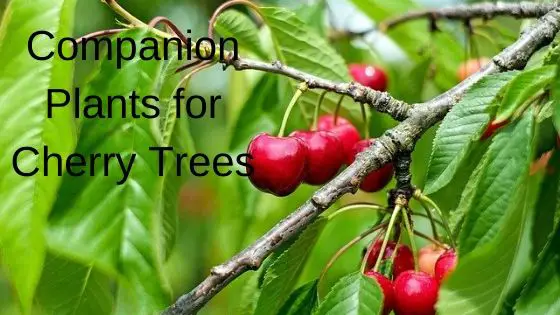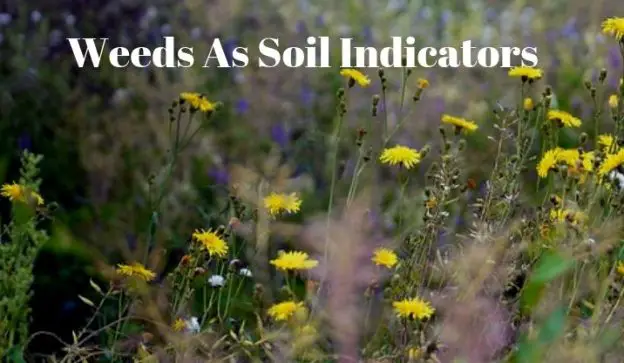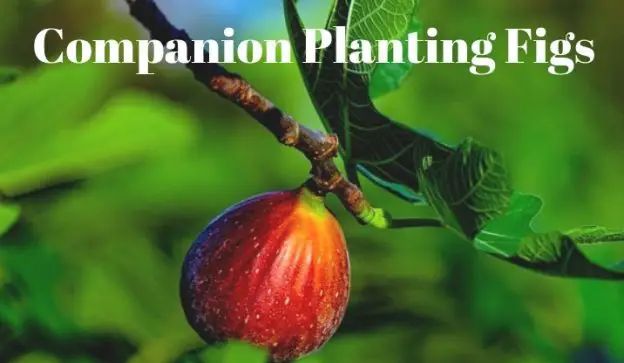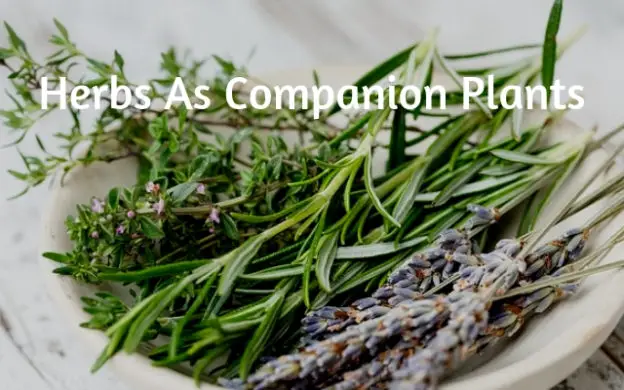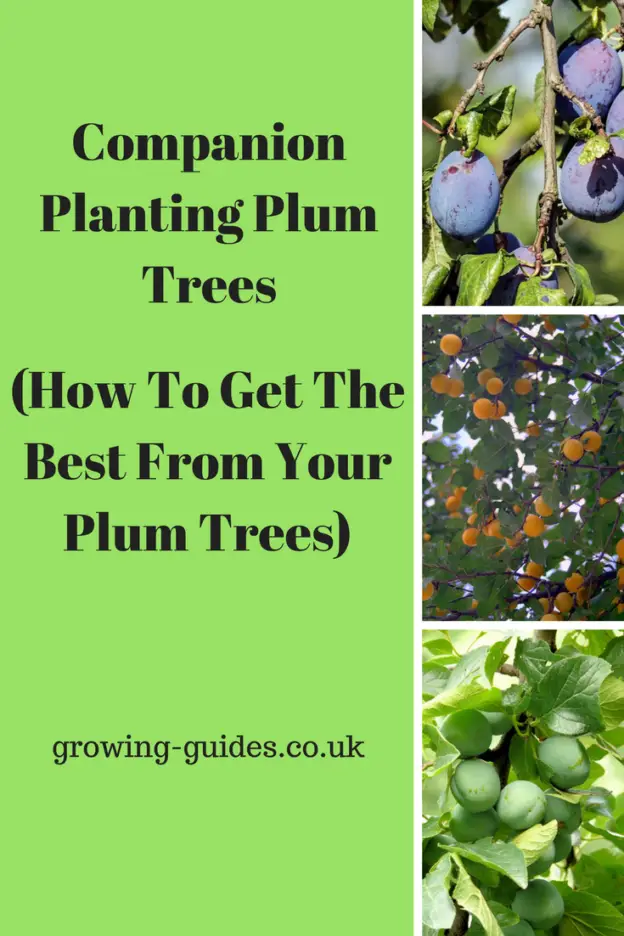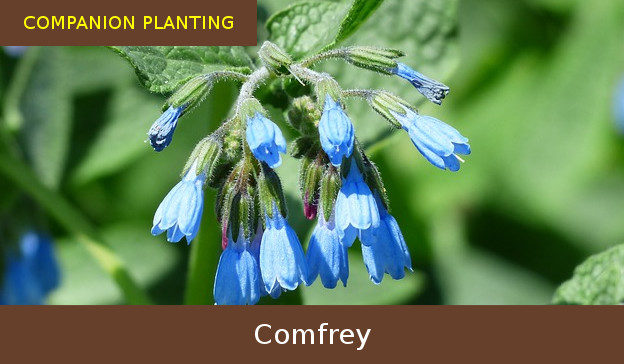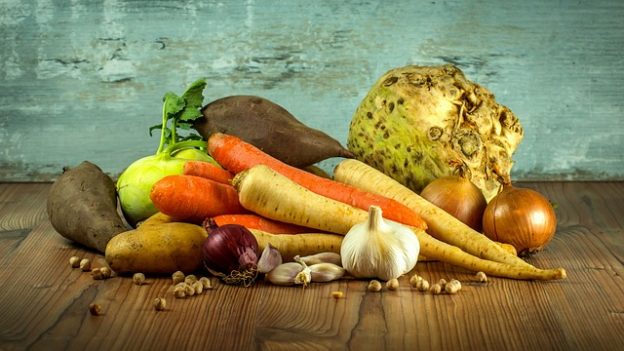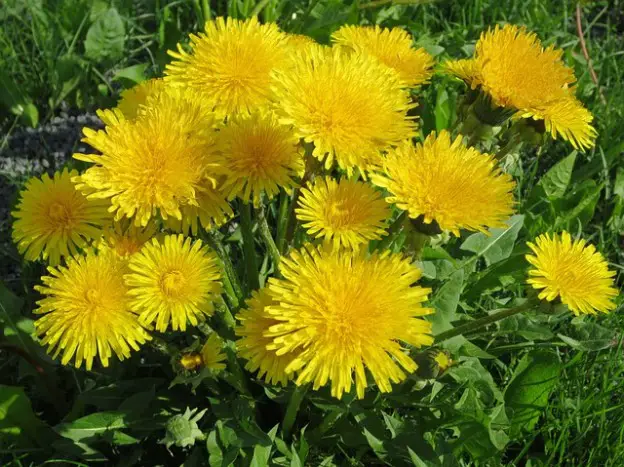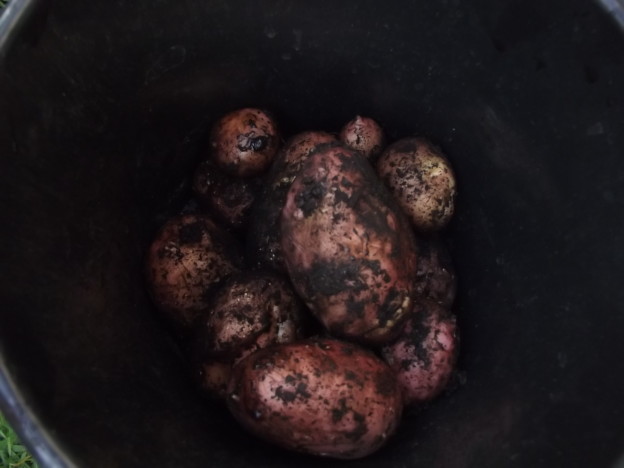Companion Plants For Fruit Trees

In traditional orchards, fruit trees were grown in rows but as stand alone plants and relied on each others blooms to attract pollinators. As amatuer gardeners, we need all the help we can to get things pollinated. So here is a list of useful companion plants for fruit trees. Companion Plants For Fruit Trees The idea of companion planting is not a new concept, in fact there are records dating back 10,000 years of companion planting practises. It’s basically the principle of growing plants close together for the health and improvement of one or more of the plants. Many of… → Read More

